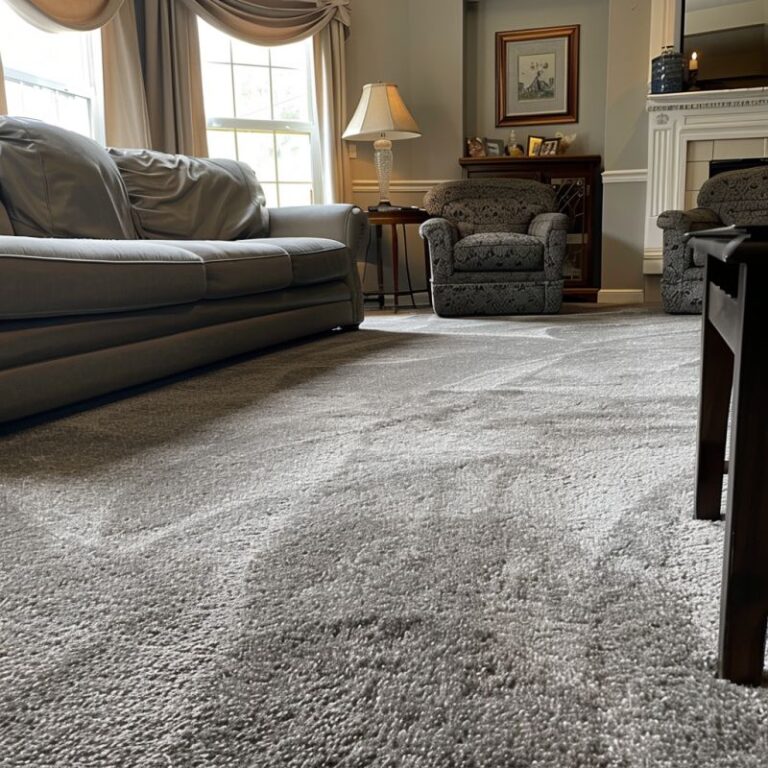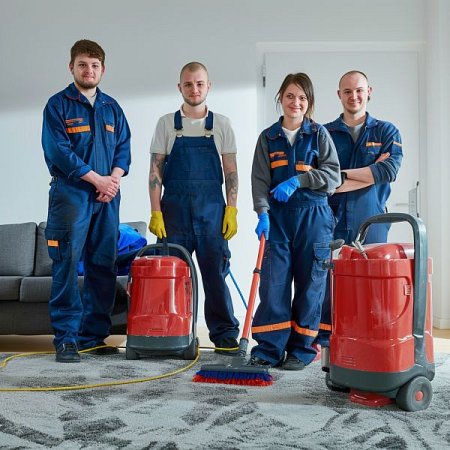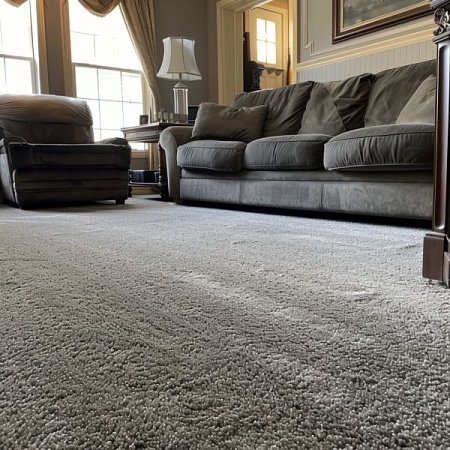Carpet cleaning is a routine aspect of home maintenance that, despite its commonality, is shrouded in a multitude of myths and misconceptions. These myths not only mislead homeowners but can also lead to practices that diminish the lifespan and appearance of carpets.
In this exploration, we delve into the fabric of carpet care to debunk widely held beliefs, shedding light on the truths that lie beneath the surface.
The Myth of Over-Cleaning
One of the most pervasive myths in carpet care is the belief that cleaning carpets too frequently can damage them, causing premature wear and tear. This misconception stems from concerns over the aggressive nature of cleaning techniques and the fear of breaking down carpet fibers. However, this belief doesn’t hold up under scrutiny. tidyman.com.sg
The reality is that regular cleaning helps maintain the integrity and appearance of carpet fibers. Dirt and grit that accumulate over time are the true culprits behind the degradation of carpets. These particles act like sandpaper underfoot, gradually wearing down the fibers each time the carpet is walked on. By removing these particles through regular cleaning, we actually extend the carpet’s lifespan.
Furthermore, modern carpet cleaning methods and technologies are designed with the preservation of carpet fibers in mind. Techniques such as hot water extraction, commonly referred to as steam cleaning, effectively remove dirt and debris without damaging the fibers. Instead of avoiding frequent cleanings, homeowners should adhere to a regular cleaning schedule tailored to their carpet’s specific type and the level of foot traffic in their home.
The Misconception of One-Size-Fits-All Cleaning Methods
Another widespread misconception is that all carpets can be cleaned effectively with the same methods and solutions. This overlooks the diversity of carpet materials and constructions, each of which responds differently to various cleaning techniques.
Carpets are made from a variety of materials, including nylon, polyester, wool, and more, with each material exhibiting unique characteristics. Wool carpets, for example, are highly absorbent and can shrink or suffer damage if cleaned with excessive water or the wrong chemicals. Synthetic fibers, on the other hand, are more resistant to water and chemical treatments but may have their own vulnerabilities.
The key to effective carpet cleaning lies in understanding the specific needs of your carpet. Professional cleaners assess the type of carpet, the nature of the stains, and the amount of foot traffic it receives to determine the most appropriate cleaning method. This tailored approach ensures that carpets are cleaned effectively while preserving their beauty and longevity.
Debunking the Wait-for-Stains Mentality
A common refrain among homeowners is to wait until carpets show visible signs of dirt or stains before considering a cleaning. This approach, however, is akin to waiting for a car to break down before servicing it. Just as regular maintenance keeps a vehicle running smoothly, preemptive cleaning preserves the health and appearance of carpets.
Stains and spills, if left untreated, can penetrate deep into the fibers and padding of carpets, making them more challenging to remove and sometimes leading to permanent damage. Moreover, waiting for visible dirt to appear before cleaning does not account for the accumulation of unseen pollutants, allergens, and dust mites that can affect indoor air quality and health. “We see this approach quite often” says Mark Wisken from Optima – rug and carpet cleaning team from Sydney . “We clean a lot of rugs which are just incredibly dirty, like people were collecting those stains” – he laughs. This approach completely makes no sense and it is extremely unhealthy.”
Preventative cleaning, conducted before carpets appear soiled, removes these hidden dangers and maintains the carpet’s aesthetic appeal. It also makes subsequent cleanings more efficient and effective, as there is less buildup to address each time.
The world of carpet cleaning is fraught with myths and misconceptions that can lead homeowners astray, potentially harming their cherished carpets. By understanding the truths behind these myths, individuals can adopt practices that not only enhance the cleanliness and appearance of their carpets but also extend their lifespan.
Regular, tailored cleaning is not detrimental but rather essential to the health of carpets. Recognizing the unique needs of different carpet types ensures that they are cared for properly, preserving their beauty for years to come. Finally, adopting a proactive approach to carpet cleaning, rather than a reactive one, keeps homes healthier and carpets in peak condition.
In debunking these myths, we not only protect our investments in our homes but also create a cleaner, more inviting environment for ourselves and our loved ones. The key lies in informed care, grounded not in myths but in a clear understanding of the needs and natures of our carpets.




0 Comments